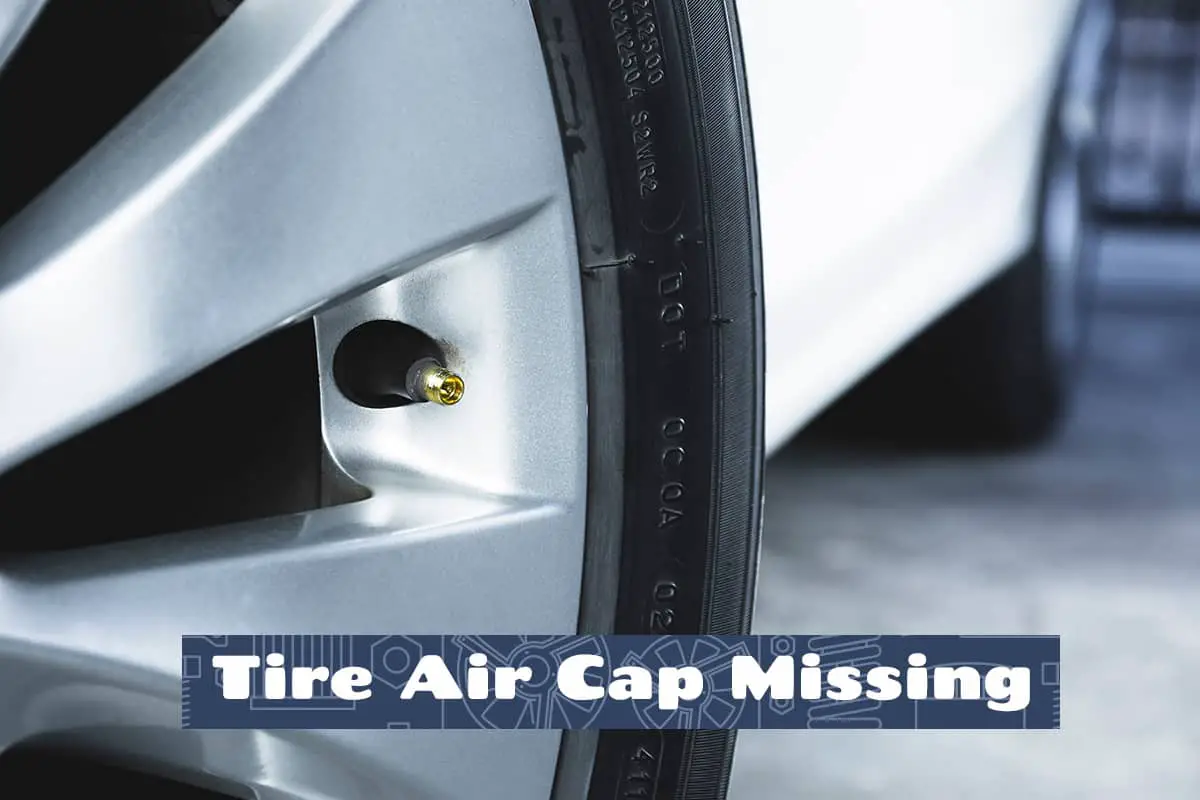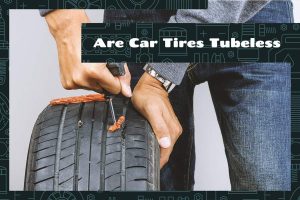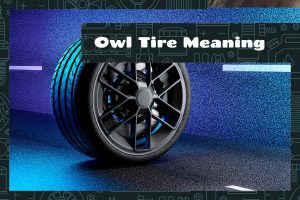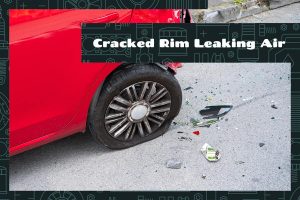The humble tire air cap might seem insignificant, but it safeguards the tire’s valve stem from dirt, moisture, and small road debris, preventing potential air leaks and pressure loss. This seemingly trivial part of your tire assembly can influence your car’s fuel efficiency, handling, and overall tire life. Without it, you could end up facing premature tire wear, a constant need for reinflation, and even potential tire blowouts.
If your car is missing one or more tire caps, you may notice at least one of the following signs:
- Unusual vehicle vibrations hinting at tire pressure loss
- Risk of dirt or debris entering the valve stem, causing slow leaks
- Potential for premature tire wear and decreased fuel efficiency
This guide will dive into the importance of tire air caps, the impacts of a missing cap, and how to troubleshoot and replace it.
What is a Tire Air Cap?
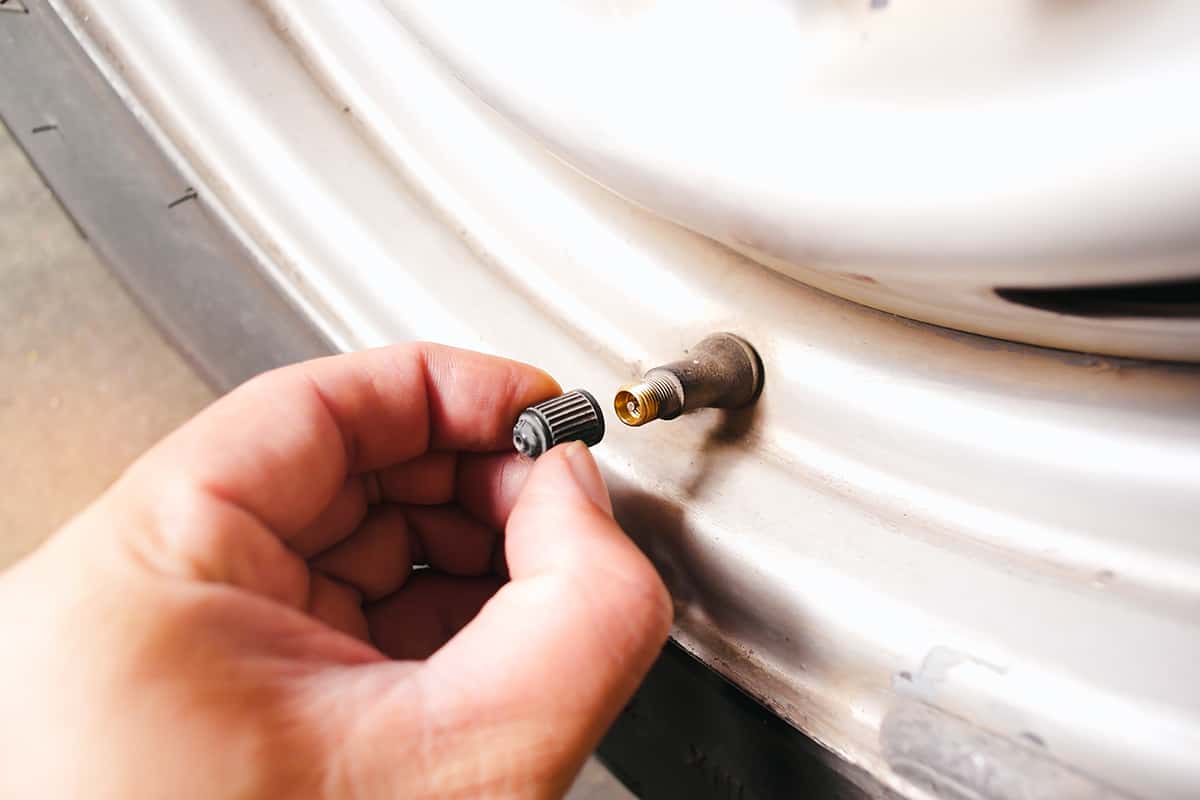
A tire air cap, also known as a valve cap, is a small yet crucial component of your car’s tire system. Primarily, it is a protective cover that screws onto the valve stem protruding from your car’s wheels. The valve stem is the conduit through which air enters and leaves the tire.
Despite their diminutive size, tire air caps perform essential functions that extend beyond merely capping the tire valve. They contribute to maintaining tire pressure, protecting the valve mechanism, and indirectly influencing your car’s fuel efficiency and safety.
The Role of the Tire Air Cap
In the larger context of your vehicle’s tire system, the tire air cap fulfills two primary roles: pressure maintenance and prevention of dirt and moisture entry.
1. Pressure Maintenance
The tire air cap, although small, plays an essential part in maintaining tire pressure. While the primary function of retaining air inside the tire falls to the valve core (the component inside the valve stem), the tire air cap provides an extra layer of security. It acts as a backup, particularly in the rare event that the valve core fails or gets stuck open.
2. Prevention of Dirt and Moisture Entry
The second role of the tire air cap is to act as a barrier against the intrusion of dirt, moisture, and small road debris into the valve stem. If these particles find their way into the valve, they can interfere with the valve core’s ability to seal properly, leading to air leaks. In more severe cases, the debris can damage the valve core itself, necessitating more complex and expensive repairs.
Signs of a Missing Tire Air Cap
The signs can range from a simple visual confirmation to subtle changes in the vehicle’s driving performance. Understanding these indicators can save you from costly repairs and potential safety risks.
1. Visual Confirmation
Tire air caps should ideally cover all the valve stems of your vehicle’s tires. If during a routine check or while cleaning your car you notice an exposed valve stem without a cap, it’s safe to conclude that the air cap is missing.
2. Uneven Tire Wear
Uneven tire wear is another indication of a missing tire air cap, although it is a more subtle and long-term sign. When a tire air cap is missing, the risk of slow air leakage increases. This slow leak might result in underinflation of the tire, which, over time, can lead to uneven wear.
3. Changes in Driving Performance
Firstly, you might notice a decrease in your vehicle’s fuel efficiency. Underinflated tires generate more rolling resistance, which means the engine has to work harder to move the vehicle, leading to higher fuel consumption.
Secondly, underinflation can affect the car’s handling. The vehicle might feel less responsive or harder to maneuver, especially when turning corners. There might also be an increase in braking distances, which could potentially be a safety risk.
Lastly, underinflated tires can cause the ride to feel smoother at lower speeds, due to the increased surface area in contact with the road. However, at higher speeds, this can transform into vibrations and instability, making for a rough and uncomfortable ride.
Replacement of a Missing Tire Air Cap
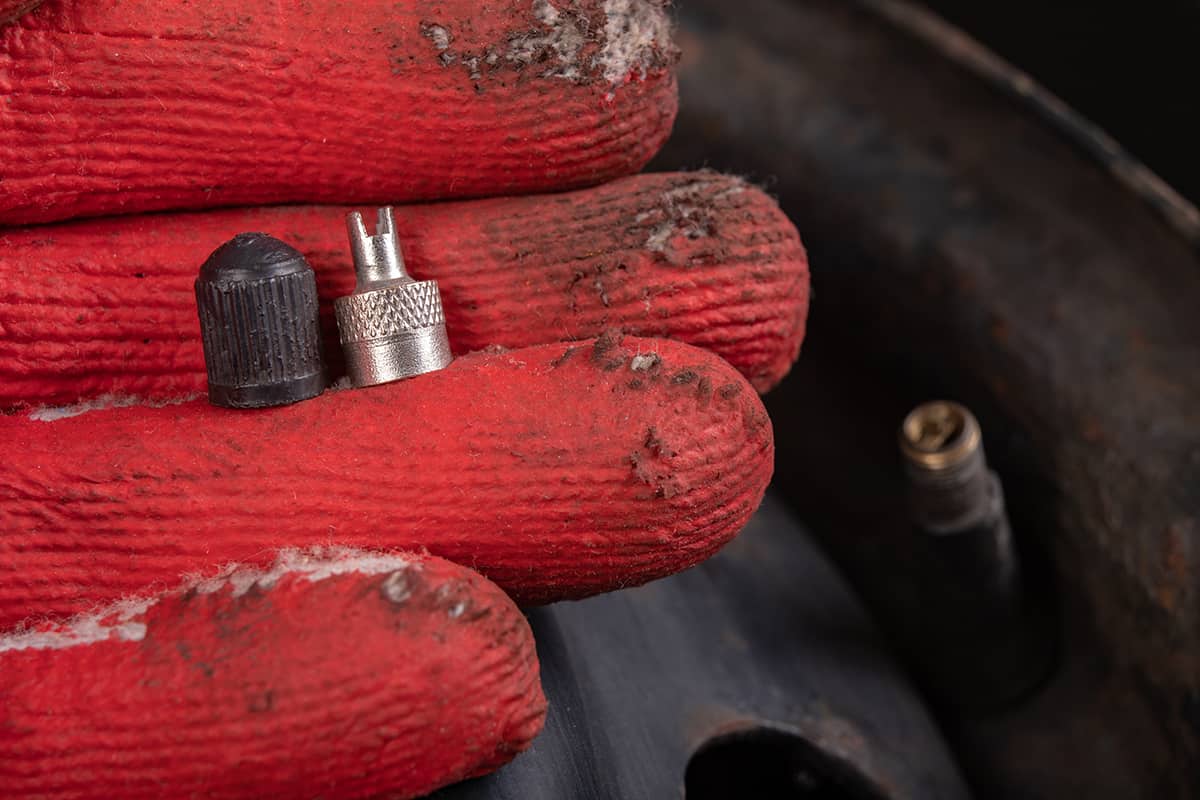
Addressing the issue of a missing tire air cap is relatively simple and inexpensive, yet it can significantly contribute to the longevity and safety of your tires. This section will guide you through the process of replacing a missing tire air cap, including choosing the right air cap, the actual replacement procedure, and useful tips to prevent losing your tire air caps in the future.
Choosing the Right Air Cap
When it comes to replacing a missing tire air cap, choosing the right one is key. While most air caps are universal, meaning they’ll fit any standard tire valve stem, there are a few variations to be aware of.
- Standard plastic caps are the most common type. They’re inexpensive and do a good job of keeping dust and debris out of the valve stem. However, they’re not as durable as some other types and may need to be replaced more often.
- Metal caps are a more durable alternative to plastic ones. They’re typically made of aluminum or stainless steel, which makes them more resistant to damage and wear. However, in colder climates, they can sometimes freeze onto the valve stem, making them difficult to remove.
- Some tire air caps come with built-in tire pressure indicators. These caps show a visual indication if the tire pressure drops below a certain level, providing an easy way to keep an eye on your tire pressure.
Replacement Procedure
Replacing a tire air cap is a simple process that requires no special tools or mechanical skills. Start by purchasing a new tire air cap from an auto parts store or online. To install it, simply screw the new cap onto the valve stem of the tire. Make sure it’s tightened securely, but avoid over-tightening, as this could damage the cap or valve stem.
While you’re replacing the cap, it’s a good opportunity to check your tire pressures. If they’re lower than the recommended levels, inflate the tires to the correct pressure before fitting the new air cap.
Preventing Future Loss
There are a few strategies you can use to prevent future loss of your tire air caps.
- Always ensure the cap is securely tightened after checking tire pressure or inflating your tires. A loosely fitted cap can easily come off while driving.
- Consider using caps with a retaining ring, which have a small piece of plastic that secures the cap to the valve stem, preventing it from getting lost if it comes loose.
- Regular checks of your tires can help detect missing air caps early before any potential damage to the tire occurs. Making this a part of your regular vehicle maintenance routine can save you from future issues.
FAQs
1. How long can I go without replacing a missing air cap?
The time you can go without replacing a missing tire air cap depends on several factors, including driving conditions, weather, and road debris. Technically, you could drive indefinitely without an air cap, as it doesn’t directly contribute to keeping the tire inflated. However, it’s not advisable.
2. How much does a replacement air cap cost?
The cost of a replacement tire air cap can vary depending on the type you choose. Standard plastic caps are the most common and cheapest option. They’re often sold in packs, and you can usually find a set of four for less than a dollar at most auto parts stores or online.
Metal caps are more durable and slightly more expensive than plastic ones, but they’re still quite affordable. A set of four metal caps generally costs a few dollars.
Caps with built-in tire pressure indicators are the most expensive. These can cost anywhere from $10 to $30 for a set of four, depending on the brand and where you buy them.
